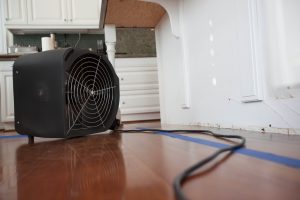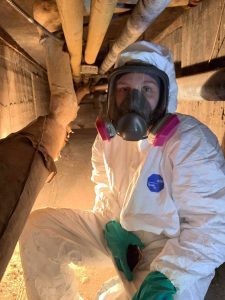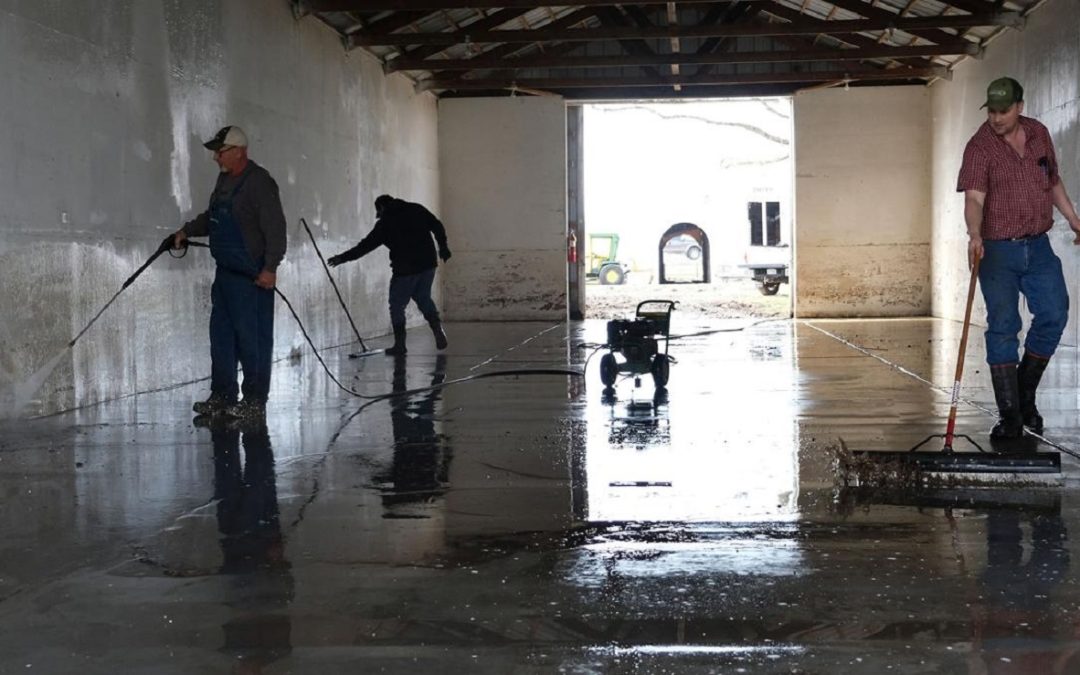Confronting the Aftermath: Expert Mold Removal and Sanitation for Flooded Basements
Introduction
Floods can be a homeowner’s worst nightmare, and when they infiltrate the basement, the challenges become even more daunting. Beyond the immediate concerns of water damage and structural issues, the threat of mold growth looms large. Mold thrives in damp and dark environments, making flooded basements an ideal breeding ground. In this blog post, we’ll explore the importance of expert mold removal and sanitation for flooded basements, shedding light on the risks, the removal process, and the benefits of entrusting this critical task to professionals.

Industrial Blower For Emergency Flood Damage Restoration and Mold Removal
Understanding the Risks of Mold in Flooded Basements
The aftermath of a flooded basement is not only about water removal and structural repairs; it’s also about preventing and addressing the potential mold infestation. Mold is a type of fungus that releases spores into the air, and when these spores find a damp surface, they can germinate and grow into a colony. Flooded basements provide the perfect conditions for mold to thrive, posing significant risks to both the property and the health of its occupants.
- Structural Damage: Mold can compromise the structural integrity of a building by weakening wood, drywall, and other materials. In a flooded basement, where moisture levels remain high, mold can quickly spread and lead to irreversible damage if not addressed promptly.
- Health Hazards: Exposure to mold can have adverse health effects, especially for individuals with respiratory conditions or allergies. Mold spores can trigger respiratory issues, allergic reactions, and other health problems. It is crucial to prioritize the removal of mold to create a safe and healthy living environment.
- Odor and Aesthetic Issues: Mold growth in a basement often comes with a musty and unpleasant odor. Additionally, visible mold on walls, floors, and belongings can be unsightly. Proper mold removal not only eliminates health risks but also restores the aesthetic appeal of the space.
Expert Mold Removal Process for Flooded Basements
Mold removal in flooded basements is a specialized process that requires a combination of knowledge, experience, and the right equipment. Here’s a step-by-step guide to the expert mold removal and sanitation process:
- Assessment and Inspection: The first step involves a thorough assessment of the extent of water damage and mold growth. Professionals inspect the entire basement, identifying areas affected by water and assessing the severity of mold infestation.
- Containment: To prevent the spread of mold spores to unaffected areas, professionals establish containment measures. This may involve sealing off the affected space with plastic sheeting and using negative air pressure to direct air outside the building.
- Mold Removal: Depending on the severity of the mold growth, different removal techniques are employed. This may include scrubbing, sanding, or using specialized mold removal agents. Porous materials like drywall or carpeting may need to be removed and replaced.
- Drying and Dehumidification: Proper drying of the basement is essential to prevent future mold growth. Professionals use industrial-grade dehumidifiers and drying equipment to ensure all surfaces are thoroughly dried.
- Cleaning and Sanitization: After mold removal, the entire space is cleaned and sanitized to eliminate any remaining mold spores. Specialized antimicrobial agents may be applied to inhibit the growth of mold and bacteria.
- Restoration: Once the mold removal and sanitation process is complete, the focus shifts to restoring the basement to its pre-flood condition. This may involve repairing or replacing damaged materials, repainting, and ensuring proper ventilation to prevent future mold issues.

Tech Doing Mold Removal Services in Chicago
Benefits of Hiring Professionals for Mold Removal in Flooded Basements
While DIY attempts at mold removal may seem tempting, the benefits of hiring professionals are significant, particularly when dealing with the aftermath of a flooded basement.
- Expertise and Experience: Professionals have the knowledge and experience to accurately assess the extent of mold damage and implement effective removal strategies. Their expertise ensures a thorough and comprehensive solution.
- Advanced Equipment: Mold removal requires specialized equipment such as industrial-strength dehumidifiers, air scrubbers, and protective gear. Professionals are equipped with these tools to ensure efficient and safe removal.
- Health and Safety: Mold removal can pose health risks if not done properly. Professionals follow industry guidelines and safety protocols to protect themselves and the occupants of the property during the removal process.
- Preventing Recurrence: Professionals not only remove existing mold but also take measures to prevent its recurrence. This includes addressing the root cause of the flooding, ensuring proper ventilation, and implementing preventive measures to keep the basement dry.
- Time and Cost Efficiency: DIY attempts at mold removal can be time-consuming and may not yield effective results. Professionals work efficiently, saving time and potentially reducing overall restoration costs by preventing further damage.
In the aftermath of a flooded basement, the threat of mold growth is a serious concern that demands immediate attention. Expert mold removal and sanitation are indispensable components of the restoration process, ensuring the safety of occupants and the preservation of the property. By enlisting the services of professionals, homeowners can navigate the challenges of mold removal with confidence, knowing that trained experts are dedicated to restoring their flooded basements to a clean, safe, and habitable state.

